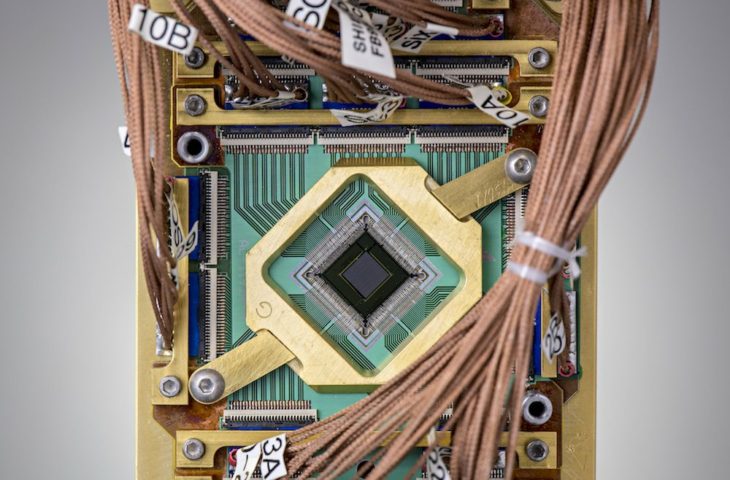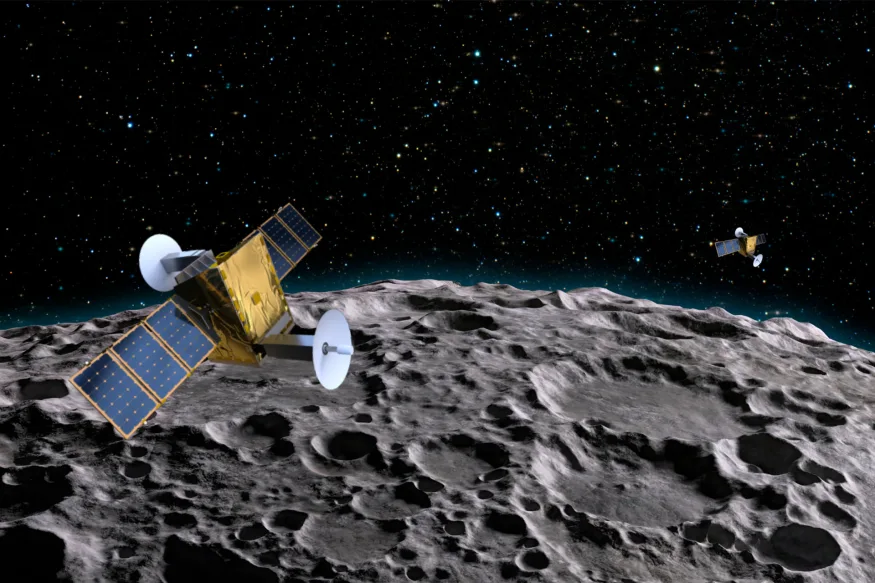Google researchers have developed new cryptographic algorithms that will keep the FIDO2 security standard secure even after quantum computing breaks through.
Researchers at Google have developed a new algorithm that can protect passkeys, which are part of the FIDO2 security standard, from quantum attacks. Because when quantum computing becomes a reality, these specialized workloads can be run much more efficiently than traditional computers. Existing cryptographic algorithms are based on principles that would take a supercomputer tens of thousands of years to crack. A quantum computer could break the same algorithm and theory in a very short time.
The best from both worlds
Although such quantum computers do not yet exist, researchers are eagerly searching for robust algorithms. The hope is to implement these before future quantum systems actually pose a threat. The Google team is now coming up with a proposal that combines old and new technology.
The basis of the algorithm is a traditional one Elliptic curve digital signatureAlgorithm (ECDSA). This algorithm is not quantum resistant, but has already proven itself in a traditional context. This is important as brand new quantum resistant algorithms have yet to stand the test of time. It is always possible that they contain a vulnerability that will be revealed later. This only happened with the SIKE algorithm, which seemed promising but was eventually surpassed by a single computer.
star trek
The researchers combined ECDSA with a quantum-resistant algorithm called Crystals-Dilithium. This algorithm is already proposed by NIST as a possible future standard. By combining ECDSA with Crystals-dilithium, researchers have developed an encryption system that combines theoretically known reliability with a new quantum-resistant security layer.
If the approach is accepted as a standard, the algorithm can be used to encrypt FIDO2 passkeys. In this case, they are theoretically permanently secure. We are not that far yet. The algorithm proposed by Googe is promising, but there is still a lot of practical work to be done in selecting, adopting and implementing a new standard. The researchers hope that their approach, or a variant of it, will be chosen.














